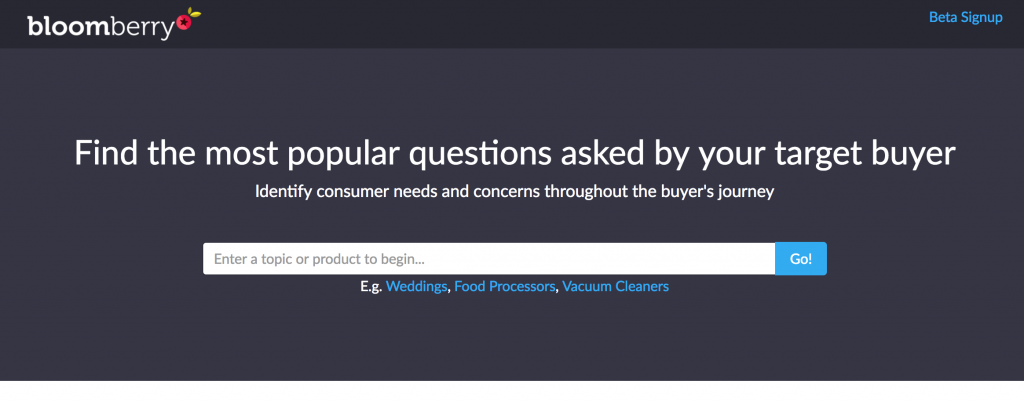Do you own and operate an e-commerce store? Is your marketing budget not as big as you’d like?
If so, you’re not alone. Many e-commerce stores have little to nothing to spend on advertising or other paid promotions. When your budget feels too small, or doesn’t exist at all, the last thing you probably want to hear is “that’s great!” But a small budget isn’t as bad as you think. With the right internet marketing strategies you can reach a ton of interested customers – and you don’t have to spend big to do so.
This complete guide covers what you need to know about marketing on a shoestring budget (or less!).
Focus on Traffic
Ultimately, you want to sell a product or service, but your initial marketing efforts shouldn’t be focused on driving sales. Marketing – especially marketing on a budget – should drive traffic.
Think of it this way: When you’re buying pay-per-click ads, each visitor to your site costs money. So you need to make sure you’re converting enough visitors to justify the cost of the ad buys.
But what if you’re not spending money on ads? You don’t have to worry about conversions as much. Instead, you’re focusing on increasing brand awareness and overall traffic. You’re not forgetting about sales entirely, of course, but you’ll optimize for sales later on once your traffic stream is better developed.
Keep It Simple
You’re already running a business. So let’s keep your internet marketing efforts as simple as possible to start. Once you get the ball rolling, you can develop more comprehensive SEO strategies.
For now, let’s focus on two things, which are both free and easy:
- Creating a fairly sizable collection of one type of content
- Developing a community on social media
Content Marketing to Connect with Customers
Content marketing means developing fresh, interesting content on a regular basis. This is do-it-yourself original material such as blog posts, videos, podcasts and more. The point of the content isn’t to push your products or services but it’s to connect with your potential customer base and let them know you’re a reliable source of information.
Your customers have a problem. They’re searching online for ways to solve that problem, but they don’t want to purchase something right away. First, they want information—and you should aim to be the one to provide it.
If you can provide accurate, impartial info, readers will begin to trust your content and they’ll become more interested in your brand. When the time comes to make a purchase, they’ll turn to your product to solve their problem.
An Investment of Time
Developing great content isn’t always easy, but you need to do it anyway. Here’s why:
- It’s free – You can write your own blogs and shoot your own videos without spending a dime.
- Great content has “long legs” – A great piece of content can draw in traffic for years.
Choose One Primary Type of Content
Creating content takes time – and you already have a business to run!
Focus on one type of content at first. Maybe you want to build up a large blog section. Maybe you want to be known as the person with the cool live video you broadcast at the same time each day. Whatever it is, pick the type of content you feel most comfortable creating and go for it. You’ll also need to understand your audience well enough to know what format they generally prefer, too.
Examples of Content to Create
Focus on your industry. You can create how-to guides, round-ups of industry news, commentary on industry events and more.
To identify topics, see what’s popular in your market space. Bloomberry is a free tool that lets you look at the popularity of topics in your industry. You can also search for popular hashtags on Twitter and Instagram (hashtags on Facebook aren’t nearly as popular).
Of course, the best way to know what your audience wants is to listen to them directly. This is where social media plays a big role.
Social Media Marketing to Connect with Customers
Creating social media pages is also free. As with content, you have to make the commitment to time. Let’s focus on the most important parts:
Facebook and Twitter (and maybe Instagram)
Potential customers will look to your social media pages for the most basic information about your business. Make sure your pages include your name, address and phone number (NAP). You’ll also want your hours of operation, a list of services and other commonly requested info.
This may sound simple, but it’s necessary. Customers aren’t going to search far and wide for basic facts about your business. They’ll simply move on. If your product is especially visual, you should create an Instagram profile. If you sell a service, especially a virtual service, go ahead and skip Instagram for now.
Be Active
It costs nothing to be active on social media. Respond to as many comments as possible (ideally all). An AdWeek study shows 62% of people are more likely to buy from a brand that is active on social media.
Free Is, Well, Freeing
A huge marketing budget is always welcome but not always possible. If you’re willing to spend the time, you absolutely can increase traffic and brand awareness—and that’s a long-term investment worth making.
What free marketing strategies do you use? Any favorites you’d like to share for business owners just getting started online?
